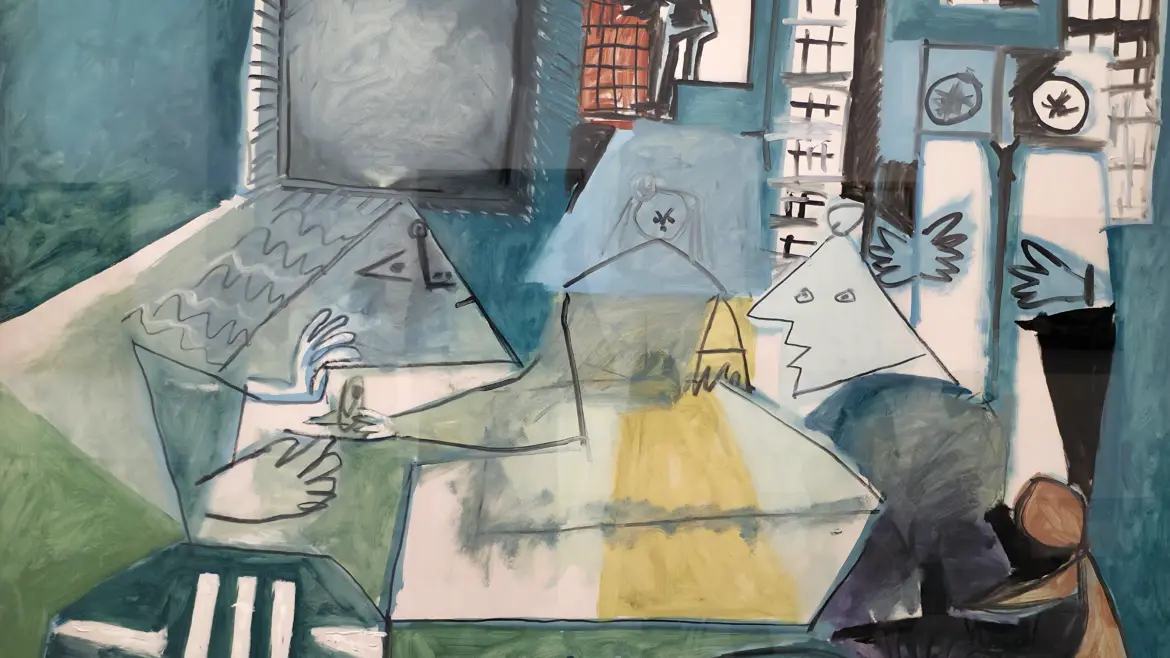Hola, art enthusiasts! 🎨 When we think of Pablo Picasso, we often picture Paris, the cafés of Montmartre, the Cubist breakthroughs, and the rise of modern art. But before Paris came Barcelona. This was the city where a teenage Picasso honed his skills, soaked up inspiration, and first began to find his voice as an artist. For me, exploring Picasso’s Barcelona was like peeling back the layers of genius. You can still walk the same Gothic streets he wandered, sip coffee where he sketched, and stand before thousands of his early works that reveal the making of a master. Barcelona wasn’t just a stop in Picasso’s journey; it was one of his great muses.
Picasso’s Arrival in Barcelona
In 1895, Picasso’s family left A Coruña after his father, José Ruiz Blasco, accepted a teaching position at the Escola de Belles Arts de la Llotja, Barcelona’s prestigious art school. At only 14 years old, Picasso was enrolled, and his talent stunned the professors. While most students took weeks to complete the entrance exam, Picasso finished his in just one day.
Barcelona quickly became his classroom. He sketched endlessly, capturing the bustle of Barcelona’s streets and markets, the faces of people in the Gothic Quarter, and the life of a city on the edge of both tradition and modernity. Standing outside La Llotja today, I imagined Picasso rushing inside, portfolio under his arm, brimming with energy and ideas. It gave me goosebumps to think that his journey to becoming one of the greatest artists in history truly accelerated here.
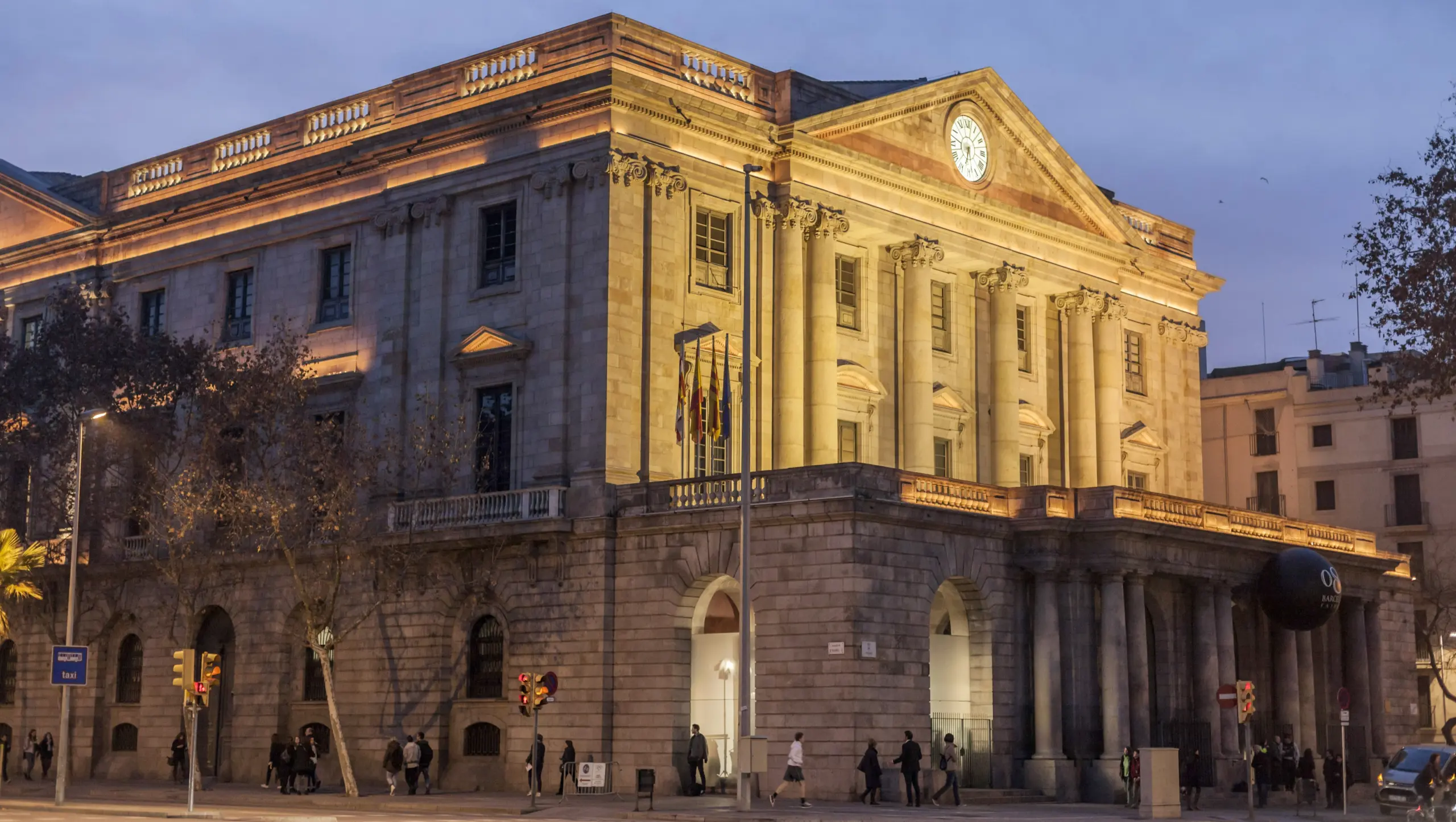
A City That Inspired Him
Turn-of-the-century Barcelona was buzzing with creativity. The Catalan Modernisme movement was flourishing: Gaudí was reshaping the skyline with the Sagrada Família and Casa Batlló, while writers and thinkers were debating in smoky taverns. The city was alive with energy, ideas, and contrasts, and Picasso absorbed it all.
He lived with his family on Carrer de la Mercè, in the Gothic Quarter, where centuries-old stone facades stood next to lively taverns and workshops. The narrow alleys, dimly lit squares, and gritty characters would appear in his early sketches. And beyond the beauty, Picasso also saw the city’s struggles – poverty, loneliness, and injustice – themes that would later resurface in his Blue Period. Barcelona wasn’t just his home; it was his laboratory of emotions and ideas.
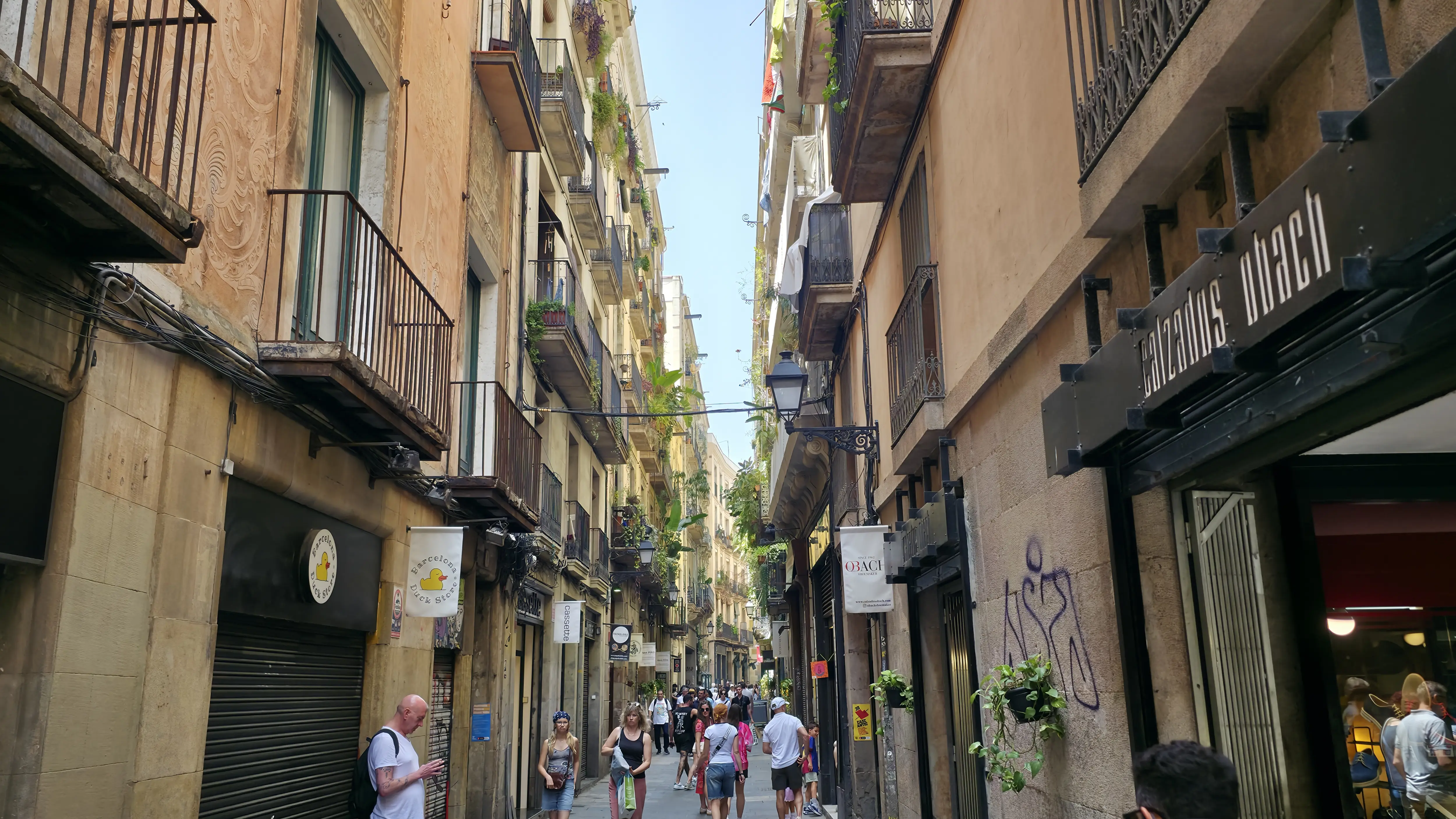
Els Quatre Gats – Picasso’s Café
If there’s one place where Picasso’s Barcelona truly comes alive, it’s Els Quatre Gats (“The Four Cats”), a café on Carrer de Montsió that became a haven for bohemians, artists, and free thinkers. Inspired by Paris’s cabarets, it opened in 1897 and quickly became the meeting point for the city’s avant-garde.
Picasso, still a teenager, was welcomed into this circle. Here, he sketched caricatures of fellow patrons, discussed philosophy and politics, and soaked in the eclectic energy. In 1900, he held his first exhibition on these very walls, simple portraits and sketches that hinted at the brilliance to come.
When I visited Els Quatre Gats, I ordered a coffee just to sit and imagine the young Picasso scribbling away in the corner. The tiled walls, the vintage posters, the atmosphere, it feels like stepping back into that vibrant, creative world.
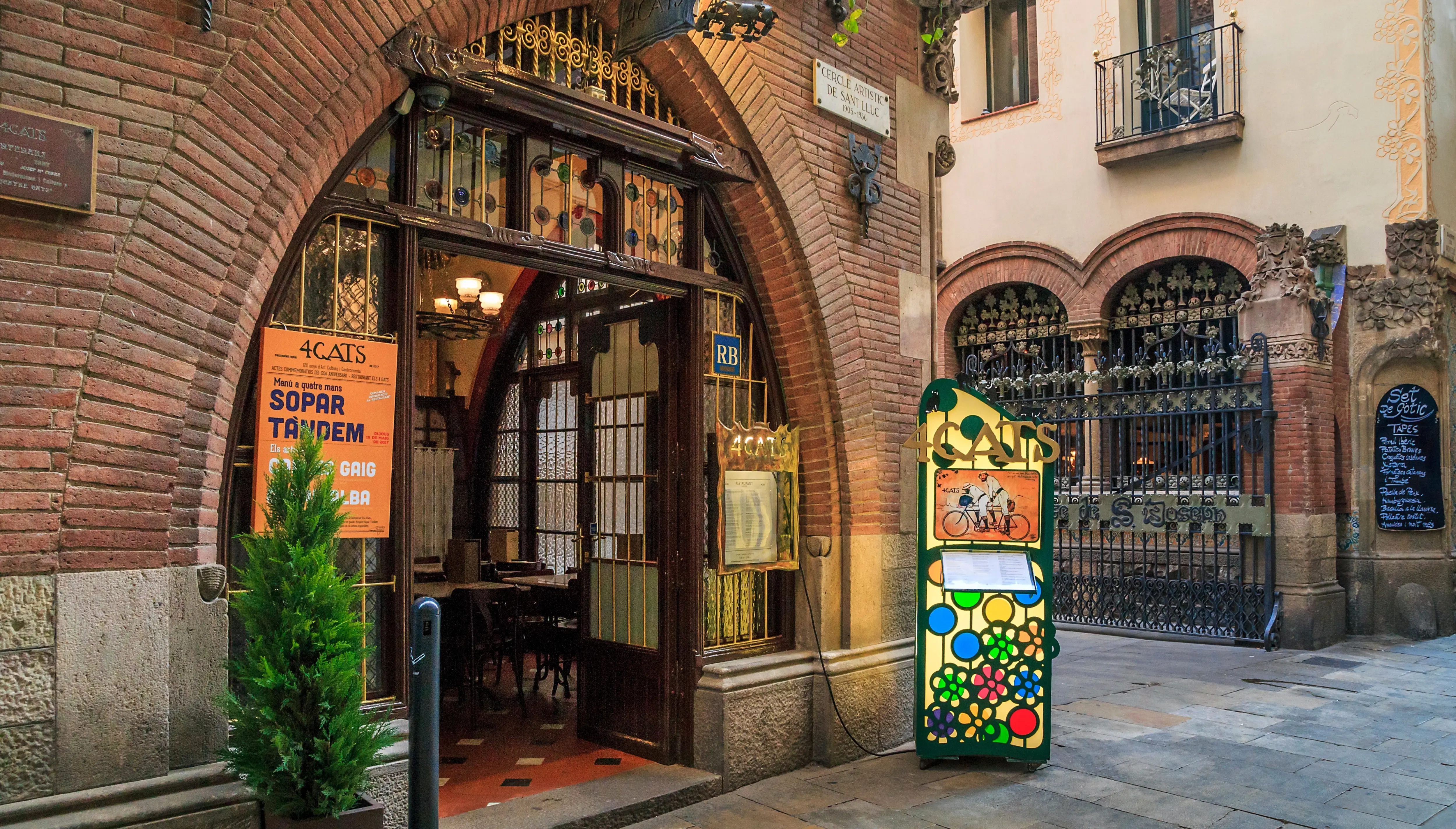
The Blue Period and Beyond
Picasso’s time in Barcelona wasn’t just about discovery; it was also marked by tragedy. The suicide of his close friend Carlos Casagemas in 1901 deeply affected him, plunging him into what became known as his Blue Period. His works from this time – somber, elongated figures painted in shades of blue and green – reflect grief, poverty, and human suffering. Many of these works have direct links to Barcelona, drawn from the realities he witnessed on its streets and from his own circle of friends. It was here that Picasso began to see art not just as beauty, but as a mirror of human emotion and experience.
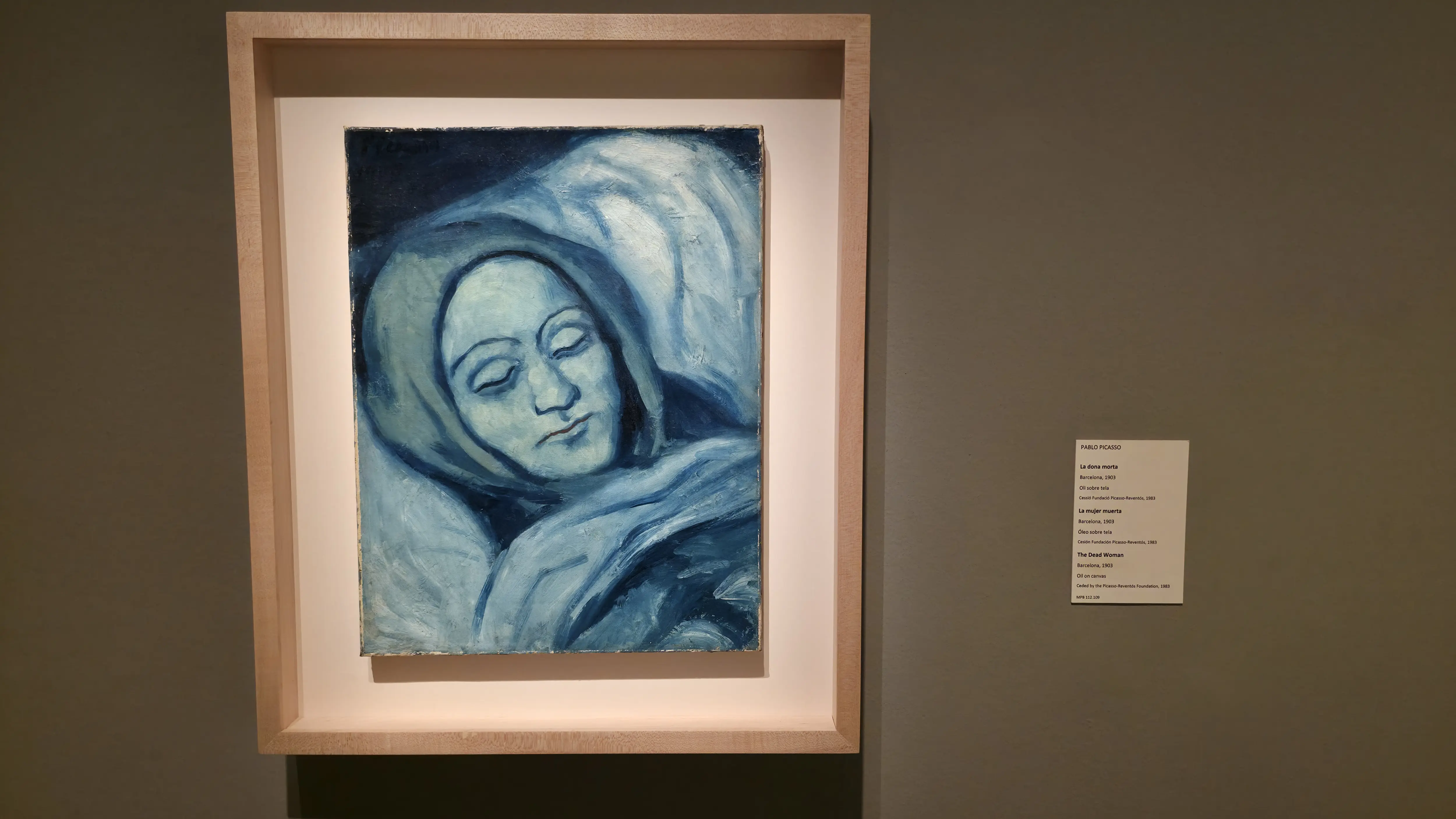
Museu Picasso – The Legacy Lives On
No journey through Picasso’s Barcelona is complete without the Museu Picasso (Picasso Museum) in the El Born district. Opened in 1963, the museum became the first museum dedicated to Picasso’s work and the only one created during his lifetime. Originally initiated by his friend and secretary Jaume Sabartés, who donated his personal collection of Picasso works, Picasso later contributed significantly, including donating the complete Las Meninas series in 1968. The museum spans five Gothic palaces from the 13th-15th centuries, connected through courtyards and archways. Inside, you’ll find more than 5,000 pieces: childhood sketches, student works, Blue Period paintings, ceramics, and most famously, his complete series of Las Meninas (58 works total, including 45 reinterpretations of Velázquez’s masterpiece).
As I walked through the galleries, I felt like I was watching Picasso grow up before my eyes. From tender portraits of his parents to bold, experimental forms, the museum captures not just his art, but his evolution.
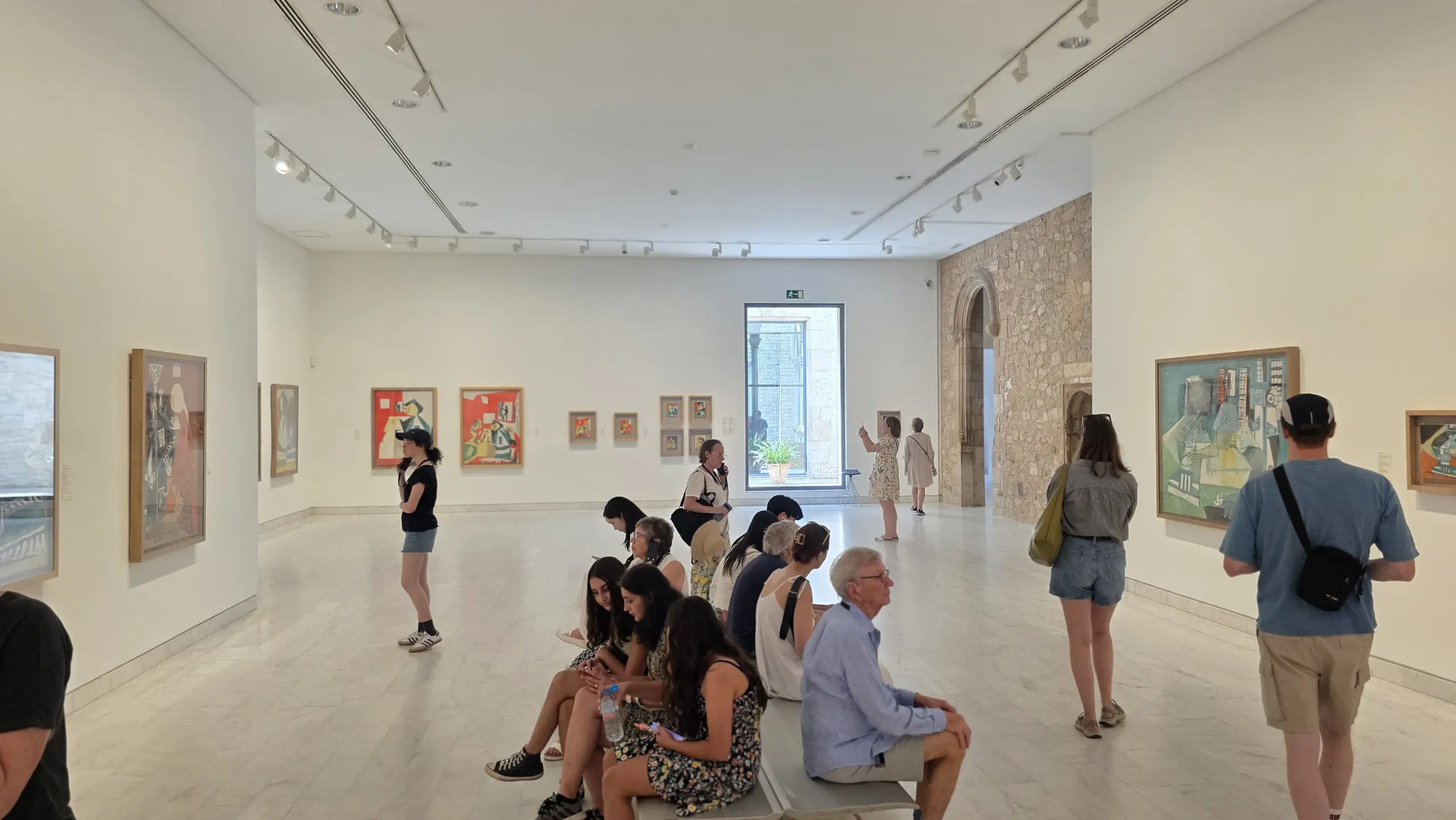
Bubbly Tip: Book tickets in advance (the line can be long!), and if possible, visit in the late afternoon when the crowds thin out. Don’t miss the charming streets of El Born afterward for tapas and wine, a perfect way to round out a cultural day.
Bubbly Tips for Exploring Picasso’s Barcelona
- Start at La Llotja: Even if you can’t go inside, seeing the art school where Picasso studied gives important context.
- Wander the Gothic Quarter: Imagine Picasso sketching by lantern light in these narrow alleys.
- Sip at Els Quatre Gats: More than a café, it’s a time capsule of Barcelona’s bohemian scene.
- Dive into the Museu Picasso: A must for art lovers, with treasures you won’t find anywhere else.
- Pair It With El Born: Combine your museum visit with the neighborhood’s boutique shops and tapas bars.
Final Thoughts
For me, exploring Picasso’s Barcelona was one of the most moving cultural experiences I’ve had in the city. To walk where he once walked, to sit where he once sketched, and to see the art he created as a young man, it felt like stepping into the very origins of modern art!
Barcelona shaped Picasso, and in many ways, Picasso shaped how we see Barcelona today: not just as a city of architecture and sunshine, but as a crucible of creativity, resilience, and imagination.
If you’re planning a trip here, don’t stop with Gaudí, make time for Picasso. His story is Barcelona’s story too.
Would you have loved to meet the young Picasso in his Gothic Quarter days? Leave me a comment below, I’d love to hear your thoughts!
xoxo,
Bubbly 🎈

